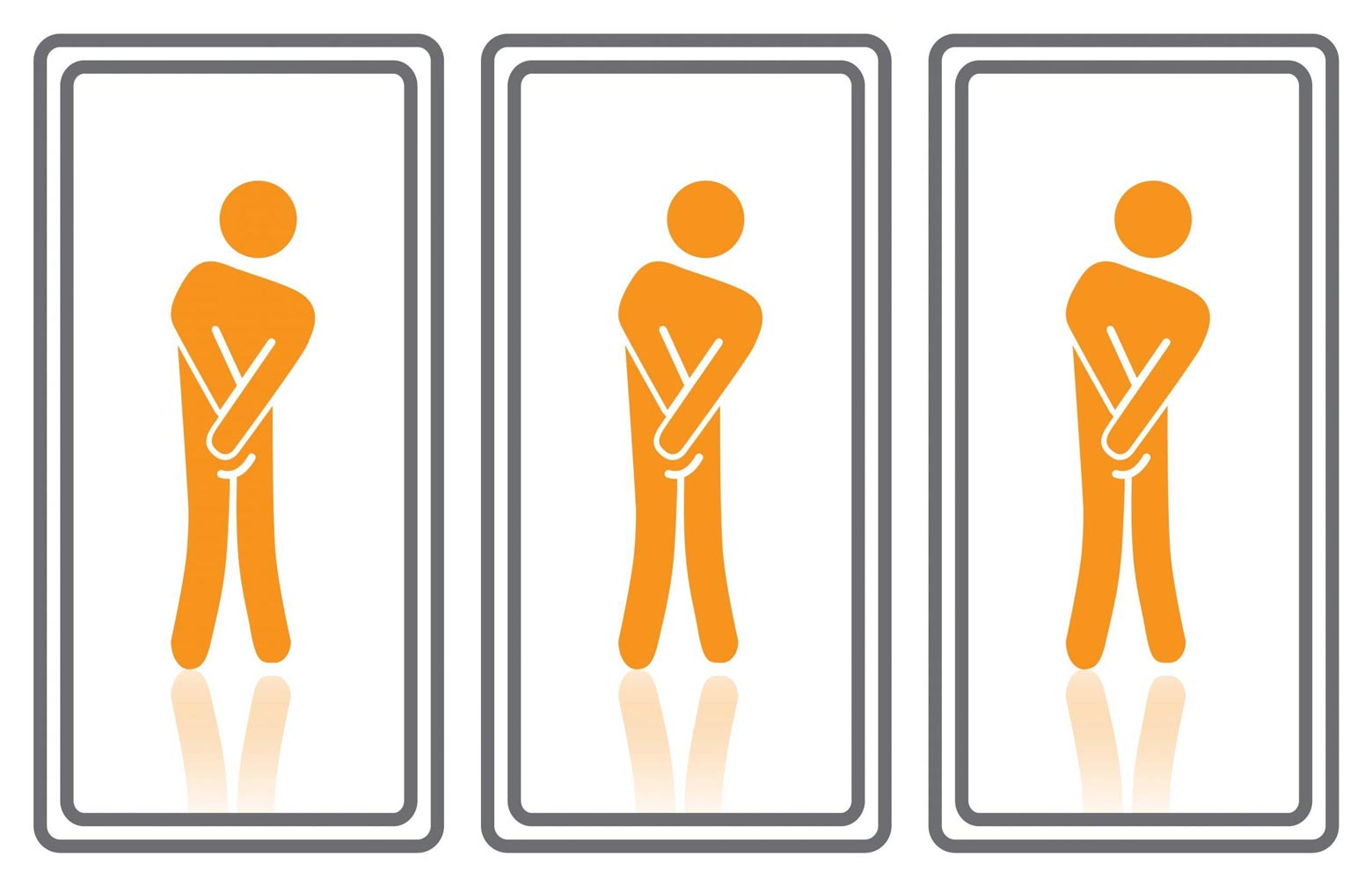Mythbusters: Urinary Tract Infections

This week is International Infection Prevention Week and to kick things off we are going to dispel some common myths about Urinary Tract Infections (UTIs) and expose the facts. Before we dive into these myths, let’s talk about just how common it is to contract a UTI.
Urinary tract infections are the second most common type of infection in the body, accounting for 8.1 million visits to health providers each year. To put a $ sign on it, a recent study published in Infection Control Today found that ER visits for UTIs contributed to $4 BILLION in unnecessary healthcare costs annually. Dozens of other studies tell us that urinary tract infections are the most common type of hospital-acquired infection and most hospital-acquired UTIs happen after urinary catheterization.
So what causes a UTI? Are women more susceptible them men to contracting a UTI? Does cranberry juice really cure UTIs? I’m sure you’ve heard various answers to these questions. Well, we are here to tell you the facts. But don’t feel bad if you’ve had it wrong, some of this was news to me too!
Myth: UTIs only happen after having sex.
Fact: Sexual intercourse is the number one cause of UTIs. However, it isn’t the only cause. Other causes of UTIs include wiping from back to front, holding in your urine for extended periods of time, and catheters or tubes place in the urethra and bladder.
Myth: UTIs are a sign of bad hygiene.
Fact: You don’t get a UTI from having bad hygiene of sleeping with somebody who doesn’t shower every day. You (and our partner) can be squeaky clean and still contract a UTI.
Myth: Men don’t get UTIs.
Fact: Bacteria do not discriminate between sexes. Although it’s certainly rarer for men to contract a UTI, only 12% of men claim to have had a UTI in their lifetime compared to 50% of women. Women have a much shorter urethra then men, which means that bacteria has a much shorter journey into the bladder, resulting in higher infection rates. However, for men, the likelihood of getting a UTI increases with age.
Myth: Cranberries, cranberry juice, or cranberry products can cure UTIs.
Fact: Cranberry juice contains the active ingredient, cranberry proanthocyanidins or PACs, that helps prevent bacterial growth in the bladder. You can drink cranberry juice to help prevent a bladder infection. But don’t rely on cranberry products as a cure if you have already contracted a UTI. It won’t hurt, but it won’t help significantly more than drinking plenty of water. Only an antibiotic will cure an established UTI.
Myth: Taking a low-dose antibiotic every day is a good way to prevent UTIs.
Fact: Daily antibiotics can be effective but pretty quickly you’ll discover that the bacteria have become resistant to them. Plus, this is a good way to give your body something it doesn’t need. Prevention of UTIs typically doesn’t require antibiotics. The scientific community now knows how to standardize and dose cranberry PACs in dietary supplements at 36mgs of PAC once a day to properly maintain a clean urinary tract. Increasing antibiotic resistance is a chief concern and initiative of both the WHO (World Health Organization) and the CDC (Center for Disease Control). Antibiotics are for treatment, and frequent use can lead to antibiotic resistance. It’s better to maintain a clean urinary tract with ellura, lots of water and other simple protections.
Have you heard other myths regarding UTIs that I may have missed or do you have a question? Leave it in the comments section and I will respond or address it in our next blog. As always, thanks for reading!
